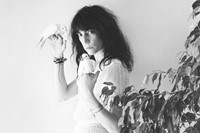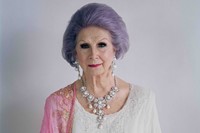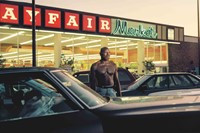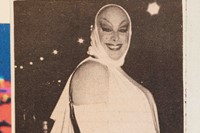Drawing on one of the oldest and largest photography collections in the world, Calling the Shots offers an unprecedented view of the history of photography through a queer lens
“I will wave a rainbow flag proudly, but I am not a singular identity.” This quote, from Catherine Opie, opens Calling the Shots: A Queer History of Photography. There’s a distinction, even in the subtitle, that feels important: this is a queer history, rather than a history of queer photography. The book’s editor, Zorian Clayton, reveals that the quote which opens this collection came from an artist’s talk with Opie at the Royal Academy of Arts, “probably the best artist talk I have ever seen,” in which she refused to be boxed in by the art world and wider society simply for being queer.
For Clayton, this quote goes to a tension at the heart of the collection and the history that it documents: “I was looking for something that would put forward grappling with this challenge from an artist’s perspective whilst highlighting how the complexity and vast diversity within the LGBTQ+ community is often rather crudely smooshed under the same umbrella, but unless we all fit under it in unity, how will we weather the storm?”
What allows Calling the Shots to grapple with this so deftly is a refusal to define the images it contains through the marker of identity alone. Instead, Clayton uses terms like ‘icons’, ‘bodies’, and ‘liberty’. It’s only the introduction which offers something akin to a linear history; a discussion of the way museum collections are “playing a vast game of catch-up to fill holes in our collections representing the many communities historically absent from the hallowed holding and influential exhibitions and publications.” Below this statement is an image of the artist Leonard Fink and his graffiti on New York City’s Pier 46, which declares “This is serious too” (the wall he tags is frozen in time before it crumbled to the ground).
But it’s clear that for Clayton, this book is about more than just filling in the gaps of art history, although he admits that “there probably isn’t a museum curator in the world that doesn’t secretly rejoice when contemporary artists successfully reinvigorate the work of artists of yore!” Instead, the curation of this book is something that Clayton tried to get a lot of double meanings into the book, “peppering it with a queer and camp sensibility. For example, [Derek] Jarman’s gilded dildo devotional adds another layer onto the meaning of the word icon.”
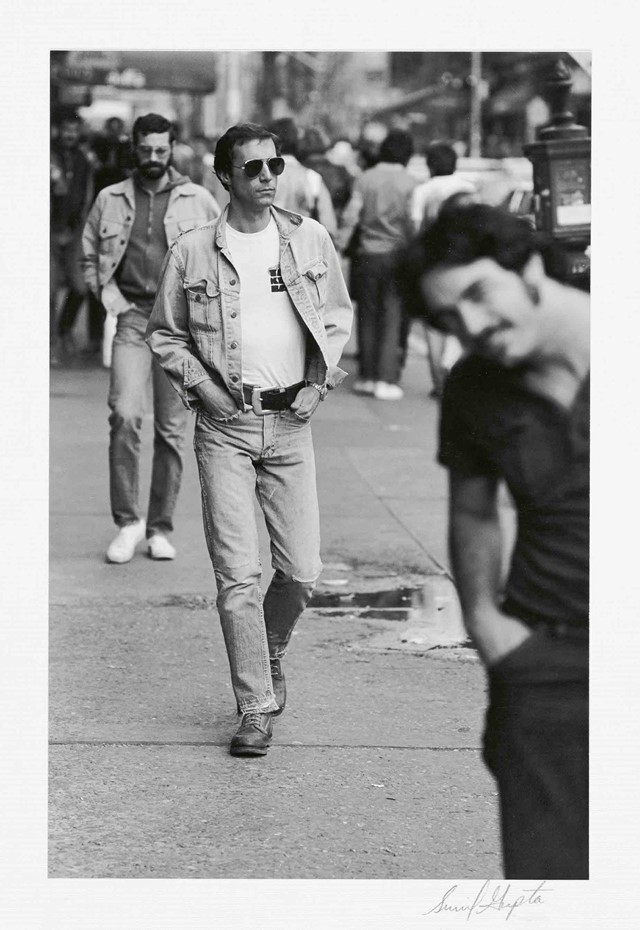
As much as it is a catalogue for centuries worth of queer artists, Calling the Shots also animates exactly what the process of making queer art looks like. The Bruce Bernard image Leigh Bowery posing for Lucien Freud with painting (1994) is fascinating for the way it offers not only Freud’s image of the iconic club kid, but Bowery himself, no longer adorned with his outlandish fashions. His nude body photographed next to a painting of his nude body is at once deeply intimate, and a fascinating piece of the queer historical archive. For Clayton himself, a highlight of the queer art-making process is a self-portrait of Madame Yevonde “where she surrounds herself with chemical kit and holds up a photographic negative wearing one rubber glove. The framing of it is fantastic, incorporating the tools of her trade, not hiding the wires and chains visibly holding the scene in place.”
Clayton is animated by just how far back these queer histories and archives can stretch; much farther back than one might think at first glance. “I would defy anyone to read descriptions of early 18th-century London molly houses for example and not immediately recognise a queer space and culture which, despite the passage of around 300 years, maps remarkably closely onto your average Saturday night in say a Soho gay bar.” There’s a danger of too readily applying our contemporary labels to figures from decades or centuries before us, which Clayton is wary of, particularly if it “doesn’t take into account other nuances of the great shifts in society.” But Calling the Shots aims to create a broad umbrella, through which we can weather the storm, by understanding just how malleable the ways we describe art can be. In a section of photos on ‘liberation’, the word is given myriad definitions: there are photos by Robert D Farber of ACT UP rallies, just a few pages away from the breathtaking intimacy in Billie’s Blossoms’s Queer porn portraits.
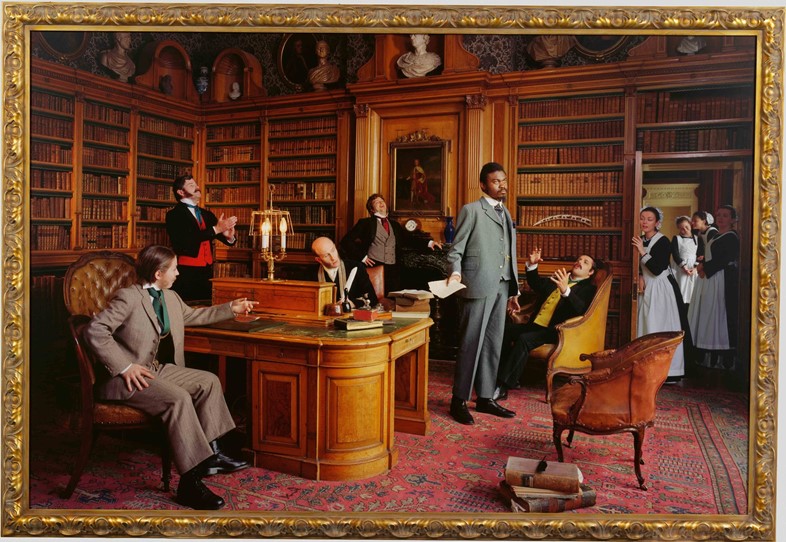
The many ways in which we can define liberation in Calling the Shots speaks to what could be one of the animating missions of the collection: “dismantling the notion of ‘this is what X looks like’.” Here, we see the many forms that queerness can take, and just how transformative – politically, personally, and artistically – it has been for many centuries past, and many more to come.
Calling the Shots: A Queer History of Photography is published by Thames & Hudson, in association with the V&A, and is out now.

